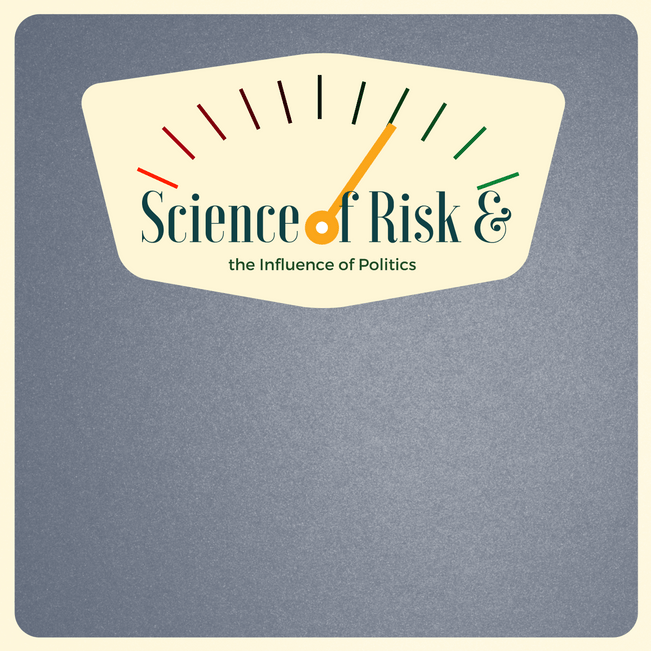United Nations Biodiversity Conference
At what point does prevention and precaution trump science and innovation? Depending on who one asks, the responses would run the full gamut from never to always. My view is that as long as the identifiable risks can be adequately addressed, then one should proceed. Of late, I’m increasingly concerned that my view is rapidly becoming the minority.
My concerns reached a new level last month, when I attended the United Nations Biodiversity Conference. This conference included meetings of both the Convention on Biological Diversity as well as the Cartagena Protocol on Biosafety. In attendance were ~6,000 delegates from nearly 200 countries, numerous international institutions and non-governmental agencies, I participated as a delegate affiliated with the Public Research and Regulation Initiative. What I became most concerned over were some country delegates’ positions on biosafety and biological diversity and the support of environmental non-governmental organizations (eNGOs) requesting a zero risk guarantee for new technologies. If this couldn’t be provided, these groups advocated that new technologies should be banned. This seems a very short-sighted strategy as it prevents technology benefits from being realized by adopters and their societies.
The risks we run
Risk is pervasive. It is a part of our daily actions. We risk traffic accidents getting to work. Every time we eat our at a restaurant or at home we risk food poisoning. We risk injury when playing sports. We are surrounded by risk each and every day.
Does this mean that as a society, we should consider banning a new product or technology that we can’t be perfectly sure that no one, ever, will suffer a negative effect? Absolutely not. If flawed reasoning such as this became pervasive, we’d have to ban cell phone, automobiles, drugs and walking outdoors, as all could result in injuries and even death. Zero risk seems rather ridiculous when explained in these situations, however, it’s exactly the application of ridiculous logic like this that is being applied to biology innovations.
Asked another way, how safe is safe? New drugs enter the market in which both drug companies and regulators know that a very tiny fraction of people taking a new drug may have an adverse effect. When it comes to GM technologies, to date, there hasn’t been a single medically documented case of an individual becoming sick or ill after consuming a GM food product. Yet some delegates at the conference, both governments and eNGOs are determined to ban future biotechnology innovations.
Merit of science-based risk
If a technology such as a new GM crop or food product is available, using a technology that has no history of harming consumers, then what’s the nature of the risk? Science-based risk assessments are undertaken to ensure that humans, animals and the environment face minimal risks, in the range of a few instances per billion. GM crops have been approved in over 30 countries without harm to humans, animals or the environment. It would appear that the nature of the risk might be more political than scientific.
As a society, do we want to be governed by the science of risks or the politics of risk? Life in societies that are governed by the politics of risk would be as Thomas Hobbes said nearly 400 years ago, ‘brutish, nasty and short’.


